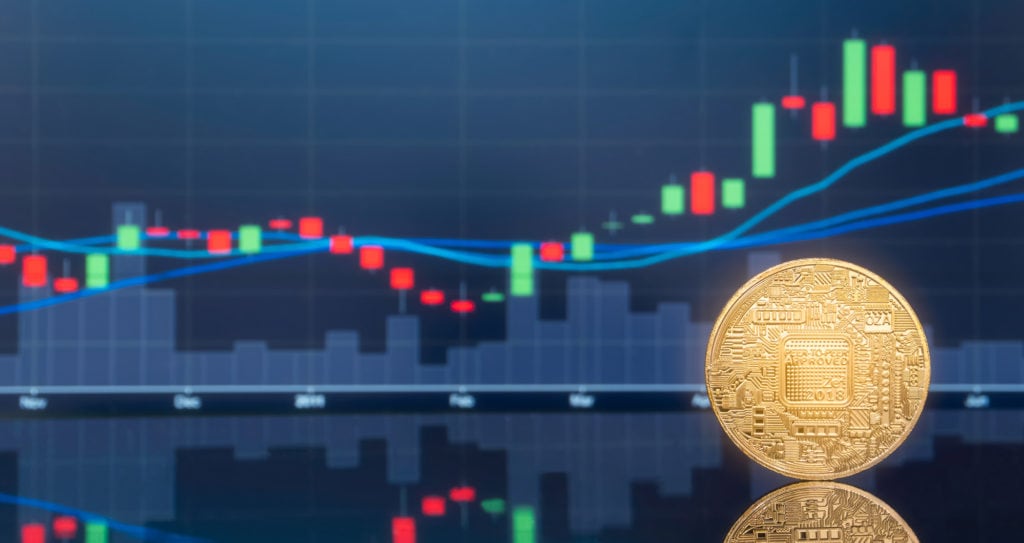Beginners Guide To Cardano: What Is It?
Bitcoin made waves because of a meteoric rise in its price. Ethereum followed and became another contender for the most popular cryptocurrency title. While these historically popular cryptocurrencies still rule the game, crypto investors and enthusiasts are always on the lookout for new, better coins that will unsettle the legacy coins and possibly claim the throne. In fact, a thousand other cryptocurrencies got introduced to the public in the past couple of years. In this regard, an obscure coin known as Cardano emerged out of nowhere and took the world of crypto by storm.
Cardano, What Is It?
Cardano is a platform for smart contracts that seeks to deliver better, more advanced features than any other blockchain protocol before it. Cardano was developed using an academically sound and strict philosophy, and is looking at the possibility of setting new security standards that the rest of the cryptocurrency industry will have a chance to enjoy.
Many people refer to Cardano as the “Ethereum of Japan”, but it’s essential to note that the team behind its creation considers Cardano to be a third-generation blockchain. It builds on the things that the existing blockchains have done correctly, and aims to improve specific areas by implementing novel technology.
Cardano was launched to the public on the 29th of September in 2017. The native token of the platform called “ADA” was made available for trading on the 1st of October in the same year. Since then, a lot of resources over the internet have released a step-by-step reference on how to buy Cardano (ADA).

How Cardano Blockchain Works
Cardano has two primary parts: A computing layer, which handles the computation processes for decentralized applications and smart contracts, and a settlement layer to handle all cryptocurrency transactions.
Since payment and computation are separated in the Cardano blockchain’s design, future upgrades are easier to implement. It helps the team behind it to make the needed changes to the settlement layer. These changes include tweaking the consensus algorithm but making sure that the computing layer isn’t affected. The improvements in the modular design of Cardano taking place behind the scenes are unlikely to be noticed by its end users.
As previously mentioned, Cardano brands itself as the third-generation blockchain. Why it’s the third generation can be explained by the following reasoning:
- Bitcoin is the first generation of blockchain. It figured out how the trading of cryptocurrency, or transfer of value from person to person without requiring an intermediary or third-party, in the transaction can be possible. However, Bitcoin doesn’t suit smart contracts that well.
- Ethereum became the second generation of blockchain technology. It brought programmable transactions or smart contracts to the table, but it continues to struggle with scale and governance.
- Cardano made its way to the scene as a third-generation blockchain. Sustainability, interoperability, and scalability are cited as the major technological improvements in the platform, things that the earlier blockchains lack.
Cardano is planning to realize its potential of becoming a third-generation blockchain by attaining consensus in a future-forward, modular way. It aims to handle large bandwidth amounts efficiently, and come up with some clever ways to manage data without compromising security.
Cardano Use Cases
- Payment Protocol - The transfer of the ADA cryptocurrency can be done in a much faster way than Bitcoin and even at much lower costs.
- Smart Contracts - Developers can come up with smart contracts on Cardano, which makes the building of a lot of decentralized applications possible. Imagine having a smart contract within the key of a rental home, which doesn’t let a tenant enter without settling his or her rent. Or, what if the processing of insurance claims becomes significantly faster because everyone can already access the data of the recipient on the blockchain, eliminating the need to pass the file around physically. Imagine the possibilities - they are endless!
- Digitization Of Identities And Physical Assets - Cardano can digitize physical assets and even records of identity through the use of smart contracts, serving as proof of asset ownership. Cryptographic techniques protect the records, which makes it impossible to tamper with them.
- Decentralized Apps - Decentralized applications or DApps can be built atop Cardano and can be used in creating and deploying smart contracts, creating decentralized exchanges, and establishing smart funds.
- ADA Total Supply - ADA acts as Cardano blockchain’s fuel. It’s used in running DApps and smart contracts on the Cardano blockchain. ADA has a 45 billion coins hard cap, which are all pre-mined.
Conclusion
Cardano is a promising third-generation blockchain that has been carefully designed from the ground up to ensure its security. The Cardano team is determined to outclass all of its competitors by holding its products to the highest scientific standards that the cryptocurrency industry hasn’t seen before.
Top-Tier Trusted Brokers
The table below contains links to 3rd party websites of our top partners from whom we receive compensation at no additional cost to you.























